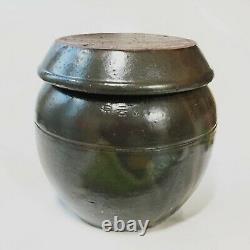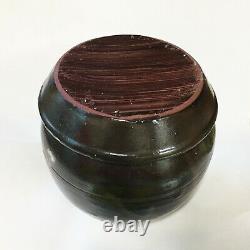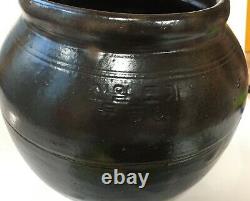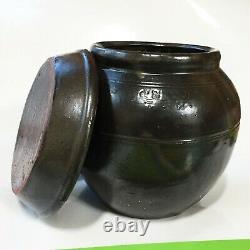
- Homepage
- Brand
- Aynsley (31)
- Coalport (36)
- Dresden (47)
- Franz (37)
- Haviland (39)
- Herend (68)
- Hermes (86)
- HermÈs (332)
- Kpm (60)
- Limoges (75)
- Lomonosov (45)
- Meissen (188)
- Royal Albert (28)
- Royal Copenhagen (35)
- Royal Crown Derby (31)
- Royal Vienna (29)
- Royal Worcester (31)
- Shelley (28)
- Spode (38)
- Sèvres (36)
- ... (2823)
- Character
- Material
- Bone China (47)
- Ceramic (35)
- Ceramic & Porcelain (138)
- Ceramic / Porcelain (3)
- Ceramic, Porcelain (12)
- China (2)
- Copper (2)
- Copper & Porcelain (5)
- Earthenware (2)
- Egg Shell Porcelain (2)
- Fine Bone China (4)
- Glass (2)
- Not Specified (2)
- Porcelain (1905)
- Porcelain / 22k Gold (2)
- Porcelain / China (141)
- Porcelain Bone (2)
- Porcelain, Ceramic (2)
- Pottery (9)
- White Porcelain (2)
- ... (1804)
- Model
- Africa (16)
- Bleus D'ailleurs (6)
- Chaine D'ancre (6)
- Chaine D'ancre Blue (6)
- Cheval D'orient (8)
- Cup & Saucer (5)
- Cup And Saucer (76)
- Cup Saucer (8)
- Guadalquivir (22)
- Les Pivoines (9)
- Mosaique (5)
- Mosaique Au 24 (11)
- Mosaique Van Cattle (6)
- Nil (10)
- Pivoines (5)
- Rosenthal (6)
- Rythme (17)
- Saucer (8)
- Siesta (8)
- Toucans (15)
- ... (3870)
- Set Includes
- Cappuccino Cup (6)
- Coffee Cup (19)
- Coffee Cup, Saucer (4)
- Complete Tea Set (18)
- Cup (44)
- Cup & Saucer (23)
- Cup & Saucer Set (416)
- Cup / Saucer (23)
- Cup And Saucer (31)
- Cup, Cup Lid, Saucer (10)
- Cup, Saucer (72)
- Espresso Cup (7)
- One Cup One Saucer (46)
- Saucer (138)
- Saucer, Tea Cup (46)
- Soup Plate (6)
- Tea Cup (20)
- Tea Cup & Saucer (39)
- Tea Cup & Saucer Set (135)
- Tea Cup Saucer (11)
- ... (3009)
- Shape
3 Liter Onggi Pottery Pot Food Storage Container for Kimchi, Food fermentation







[KOREAN PORCELAIN ONGGI JAR POT] x 1 set (3 liter volume). > This size can be put in the refrigerator. > for fermenting Paste / Sauce, making KIMCHI, and storage of seasonings, etc. > height : 7.48 (19cm, including lid). > width : 17cm > volume : 3 liter.
Compared to porcelain, onggi has a microporous structure and has been found to assist in the fermentaion in food processing such as the preparation of gochujang. (fermented red chili pepper, bean and rice paste), deonjang(fermented soybean paste). Kimchi (fermented seasoned vegetables), and soy sauce.
Onggi has a microporous structure, it means it is airing, air comes in and out. That's is why it blocks fungus, mold. Onggi with proper porosity and permeability needs to be used in order to produce. An optimally ripened quality in fermented foodstuff. Fine-tuned onggi containers are, in fact, suitable for many different kinds of fermented products. The abundance of soybean, which grows naturally in Korea, the fresh fishery resources. From the sea surrounding the Korean peninsula and a proper climate for microbial development. All give account of the importance of fermentation as food processing. However, onggi ware also contributed to the development of fermented dishes within Korean cuisine.Large onggi ware were stored on the jangdokdae, an elevated floor near the house. Is Korean earthenware, which is extensively used as tableware. As well as storage containers in Korea. And pottery with a dark brown glaze that burnt over 1100 °C (=> this is what we list here).
The origin of onggi dates to approximately 4000 to 5000 BC. There were two types of earthenware : a patternless earthenware which is called Mumun. And a black and red earthenware.The former, a patternless earthenware, was made with lumps of clay including much fine sand. However, the predecessor of Goryeo celadon and Joseon white porcelain, a black/red earthenware. Was being made with only lumps of clay. The color of earthenware is determined by the iron contained in the mud a. And the way of burning the pottery.
The present onggi shape dates from the Joseon era. There are many records about onggi in Sejong Sillok Jiriji. "King Sejong's Treatise on Geography". "There are three kilns that make the yellow onggi in Chogye-gun and Jinju-mok, Gyeongsang Province". 150ml, 5.07oz Onggi, Pot.
250ml, 8.45oz Onggi, Pot. 500ml, 16.9oz Onggi, Pot. 1000ml(1 Liter), 33.8oz Onggi, Pot. If any problem, please contact me first & anytime. Your problem will be ours and be solved ASAP.
The item "3 Liter Onggi Pottery Pot Food Storage Container for Kimchi, Food fermentation" is in sale since Sunday, August 9, 2020. This item is in the category "Home & Garden\Kitchen, Dining & Bar\Dinnerware & Serveware\Cups & Saucers". The seller is "damgong" and is located in incheon city, default. This item can be shipped worldwide.
- Country/Region of Manufacture: Korea, Republic of
- Material: Porcelain
- Brand: SHIN IL EARTHENWARE
- Style: Classic
- Color: Brown
- Personalized: No
- Capacity: 3Liter
- Type: patternless earthenware

